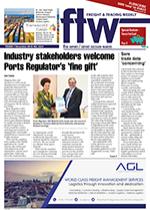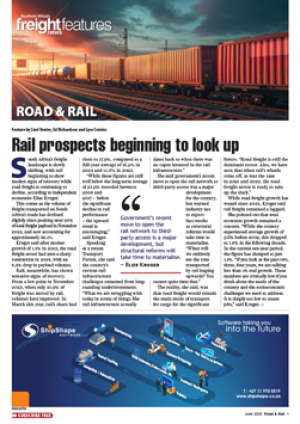Volumes to and from the Far East continue to grow as trade between South Africa and the region escalates. According to Margrit Wolff, managing director of Mercury Freight, with China being South Africa’s largest trading partner volume growth is expected for the foreseeable future. But, she said, with extremely volatile freight rates, it was not an easy operating environment and volumes had dropped to a certain extent in recent times. The slow-growing local economy was not helping the situation. Commenting on the challenges in dealing with the Far East in general, Wolff said local customs in China and language barriers remained obstacles. “There are many challenges – from the weather to local customs stops in China,” she said. “Also, depending on the origin of the cargo,the rivers are very congested causing delays or the need to use expensive alternatives by road or rail.” She said despite the challenges the outlook on the Far East route remained positive. “We have very good agents in the Far East and for that reason have opted not to open our own office there. One can easily control fees paid to agents, but often the rent and salaries along with other expenses can escalate out of control in a foreign country.” Wolff said the exclusion of South African ports from the Chinese Belt and Road project was concerning and the development had to be monitored. “I think it will result in us losing our status as the gateway into Africa and our ports will be under-utilised. It will also be expensive for local importers who will have to move cargo inland from Maputo or Walvis Bay,” she said.
INSERT with CAPTION
With extremely volatile freight rates, it’s not an easy operating environment. – Margrit Wolff

